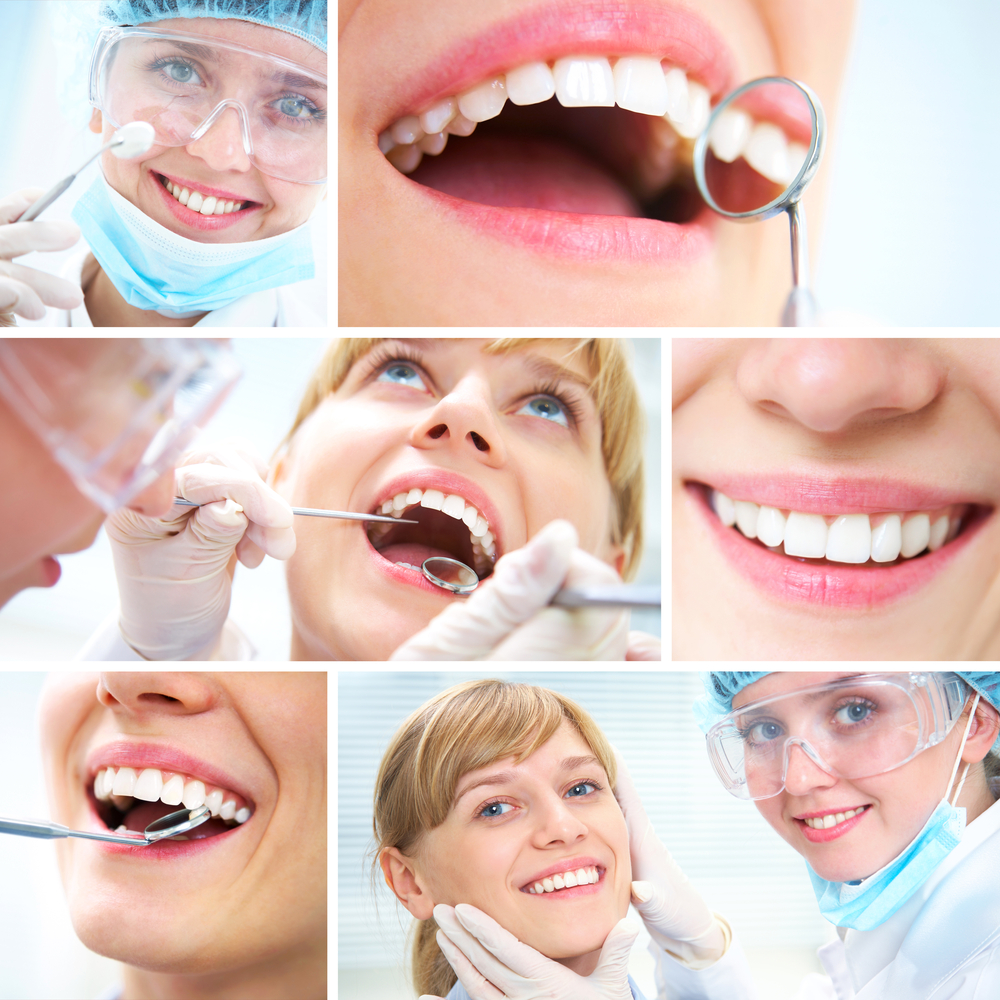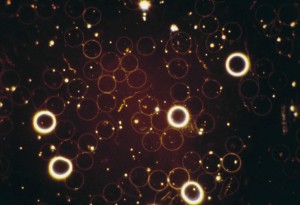
Amalgam removal is one of the best decisions you could make for your health. But in my Clinic I have seen many times what the removal of all mercury from teeth in one go can do to a patient. Particularly, I will never forget how in one of my patient’s, her chronic autoimmune condition had flared up badly. Her dentist had removed all of her amalgams in one session after another over a very short period of time. She had developed chronic fatigue syndrome and was in severe pain. She was doing the right thing by removing her amalgams, but her dentist should have advised her do it slowly over a period of at least 6-12 months and refer her to a practitioner who specialises in heavy metal detoxification.
My other patient recent removal of a few mercury amalgams by a very enthusiastic dentist has led to underactive thyroids, and consequently severe hair loss. Some dentists can be very persuasive, poor communicators and use technical jargon to make sure that you do not understand them.

It might be wise to remove your amalgams in stages while doing mercury chelation therapy at the same time
During amalgam removal, a dentist will use a rubber dam, but it only reduces exposure to mercury. Dentists frequently remove existing amalgam restorations with a high speed handpiece utilising water spray along with a high velocity evacuation. A 1989 scientific study evaluated the size and range of fully inhaled amalgam particles produced under the conditions listed above ( Nimmo A., et al ,1989, J.S. Dent Res. 68: Abstract 334, Page 223, Mar 1989).The results suggest that both patient and dentist are subjected to similar mercury exposure during amalgam removal. The aerosol that contains amalgam particles is created when the high speed hand piece is used to remove an existing amalgam restoration. Those particles smaller than 10 microns are easily inhaled and are absorbed into the blood, and this is where the problem starts.
So why are we being implanted with the third most toxic metal known to science?
Mercury toxicity is well known in the general population. It causes headaches, irritability, blushing, speech difficulties, joint pain, rashes, excessive salivation, paraesthesis (which is a feeling of an electric current flow in the body) and allergies.
The source of mercury can be contaminated fish, fungicides, pesticides, vaccinations, paints and amalgam fillings. Mercury may also be contained in some cosmetics, such as skin-lightening products.
A few years go mercury was introduced into energy saving light bulbs, which if broken, release mercury. This list is not extensive so I would encourage you to do own research about mercury toxicity in general, and in dentistry.
Mercury has a very high absorbable rate and enters the human body quickly and has the ability to penetrate the blood-brain barrier. Mercury accumulates in tissue of the kidneys, eyes, brain, thyroid, and other endocrine organs and the liver.
What can you do to minimise mercury exposure, during and after amalgam removal?
My Clinical observations reveal that the majority of people are zinc and selenium deficient and some iron and sulphur as well. These minerals can remove (chelate) the adverse effects of mercury exposure from all sources. Proteins and sulphur containing amino acids are helpful in combating mercury as well. Garlic is especially high in sulphur containing amino acids. Also, if you are not ready to remove your amalgam fillings, you need to be aware that they all eventually will leak.
Our Specialised in- house testing of the blood in the brain often shows presence of lead, which confirms how ineffective the blood-brain barrier is for heavy metals. So it is a good idea to check your heavy metal status every few years and chelate them if necessary under professional supervision.
Our Clinic has developed a comprehensive Heavy Metal Toxicity Removal Program, which includes amalgam removal as well. The Program involves mineral hair analyses and pre-amalgam removal, during and after removal protocols. It is mandatory to prepare the body organs for elimination, such as the kidney and liver, and give nutritional support in order to facilitate mercury elimination.
What can be the more serious side effects of mercury exposure?
One area of interest to me is an impact people’s lifestyle has on their blood. I still remember the blood of a 21 year old man who I saw in 2012. He was very fatigued, had allergies and his blood had haemolysed (died) in less than a minute after putting the slide under a dark field microscope. No blood screening could be done, despite taking several blood samples.
Normally, healthy blood, when put under a microscope does not haemolyse for at least a few hours, sometimes not even until the next day. An investigation into the causes of such rapid haemolysis has revealed that the patient was working on many demolition sites where he had a constant high exposure to heavy metals.
Scientific research also shows that there is a link between mercury and:
- Chronic fatigue syndrome and fibromyalgia
- Cancer
- Cardiac dysfunction
- Alzheimer’s disease
- Immune disturbance
- Reduction in fertility
- Visual-field constriction
- Respiratory distress
- Extremity numbness, fatigue, and tremor
- Cognitive impairments – such as inattention, excitement, and hallucinosis.
It may pay of get rid of this toxic burden.
Useful link
http://emedicine.medscape.com/article/1175560-overview#aw2aab6b2b2aa
About the Author
 Danuta Hulajko is a holistic practitioner, international speaker, founder of the DH Natural Medicine Clinic and www.healingremedies.com.au , Sydney. She specialises in anti-aging, autoimmunity and heavy metals chelation. For more information please go to our website. You can follow Danuta Hulajko work, events, seminars, expos, latest health research, her health tips and advice on Facebook and LinkedIn
Danuta Hulajko is a holistic practitioner, international speaker, founder of the DH Natural Medicine Clinic and www.healingremedies.com.au , Sydney. She specialises in anti-aging, autoimmunity and heavy metals chelation. For more information please go to our website. You can follow Danuta Hulajko work, events, seminars, expos, latest health research, her health tips and advice on Facebook and LinkedIn


